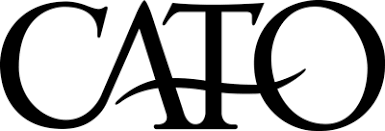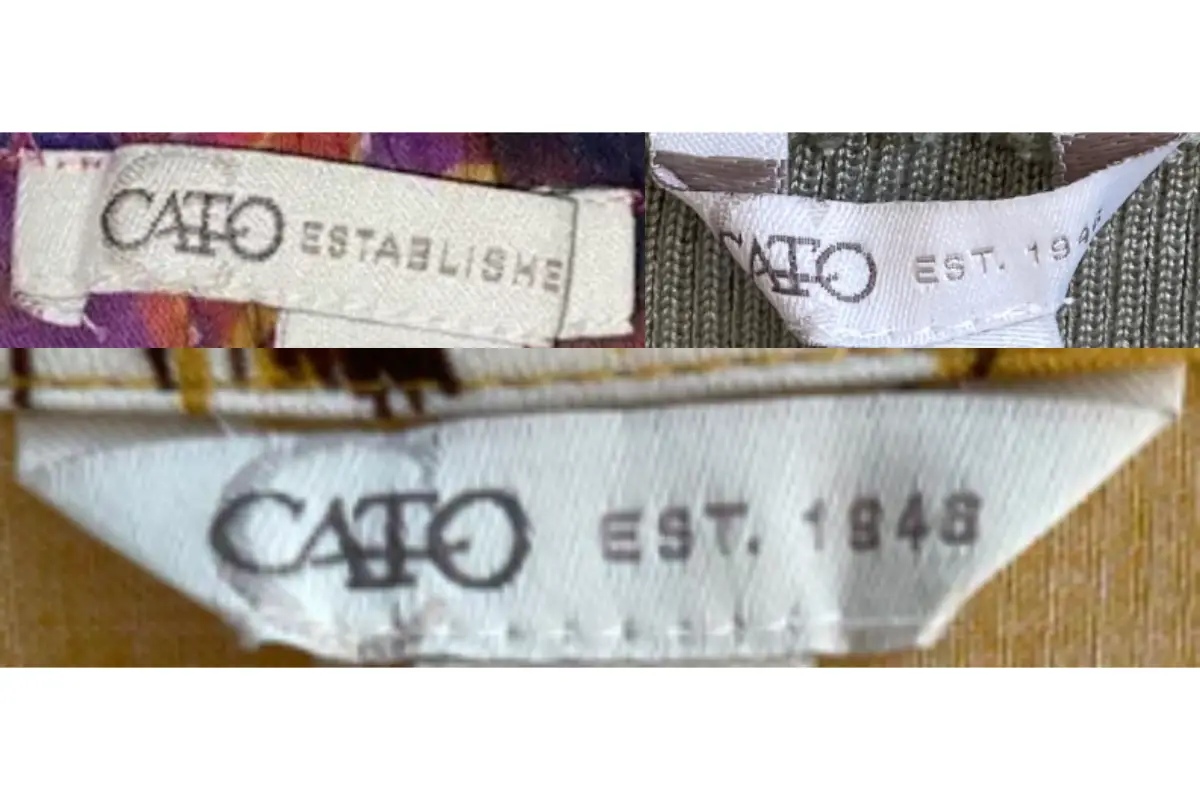Founded in 1946, Cato Corporation has grown from a small family business into a major player in American retail, known for providing affordable and stylish women’s fashion. The company’s journey began in Charlotte, North Carolina, where Wayland Cato, along with his sons, Wayland Henry Cato, Jr., and Edgar Thomas, opened the first Cato stores. Within a year, the company expanded to seven stores, and by the 1950s, Cato had established a presence in shopping centers across the region. This early expansion set the stage for the brand’s long-term success, enabling it to navigate the complexities of the retail industry over the decades.
Throughout its history, Cato has remained committed to offering fashionable clothing at accessible prices, catering to the needs of women across the United States. The company’s ability to adapt to changing market trends was particularly evident in the 1990s, when it successfully restructured its business model to avoid bankruptcy. By focusing on discount pricing and updating its inventory, Cato not only survived but also thrived, ultimately going public again in 1987 after a brief period of privatization. This resilience and adaptability have been key to Cato’s continued growth, allowing it to operate over 1,300 stores under various brand names, including Cato, Cato Plus, It’s Fashion, and Versona.
What truly sets Cato apart is its commitment to serving its customers with the same dedication and personal touch that defined its early years. Despite its substantial growth, Cato has never lost sight of its roots, continuing to prioritize high-quality fashion and exceptional customer service. The brand’s stores, often located in small-town America and anchored by national discounters like Walmart, reflect its mission to make fashion accessible to all women, regardless of size or budget. Today, Cato remains a beloved fixture in many communities, offering on-trend styles, inclusive sizing, and a shopping experience that feels both familiar and inviting.
Y2K Cato Summer Commercial
How to tell if Cato is vintage from the logo
Cato, known for its affordable fashion and wide range of styles, has seen its brand logo evolve over the years. Identifying the era of a Cato product can be done by examining the details of the logo used during different time periods. Here’s a guide to help you determine if your Cato item is vintage based on the logo.
1990s to now Cato logo
- The Cato logo from the 1990s to the present day features a bold, capitalized font.
- The distinctive “A” in the logo has an extended crossbar that intersects with the “T” and “O” in a unique, overlapping design.
- The overall style is clean and modern, which has remained consistent, reflecting the brand’s steady presence in the fashion industry.
- There have been minimal changes to this logo, making it a consistent identifier for Cato products from the 1990s onward.

1990s to now Cato logo
How to tell if Cato is vintage from the tags
Cato, a popular American fashion brand, has seen various changes in its branding and tag designs over the decades. These changes can help you identify the era of a vintage Cato piece. Below is a guide to help you determine the vintage of a Cato garment based on the tags attached.
Having trouble identifying vintage tags or labels? Upload a picture on our vintage tag identification page, and we’ll assist you!
1980s vintage Cato tags
- Simple design featuring the Cato logo in bold, uppercase letters.
- Tags often include additional details such as “ESTABLISHED” to indicate the brand’s founding year.
- Tags are typically small and rectangular, sewn directly onto the garment.

1980s Cato tags
1990s vintage Cato tags
- Maintains the classic Cato logo but with slight variations in font thickness.
- Some tags include additional information such as “EST. 1946” to emphasize the brand’s heritage.
- Tags are generally rectangular and may be sewn with more durable stitching.

1990s Cato tags
2000s vintage Cato tags
- Features a modernized version of the Cato logo, sometimes incorporating decorative elements.
- Some tags include words like “chic” or “GIRLS” to denote specific lines within the brand.
- Tags often appear on loop tags, which were more common in this era, and are typically larger than earlier versions.

2000s Cato tags
2010s vintage Cato tags
- The logo remains consistent with earlier designs, maintaining brand recognition.
- Tags often include additional information or slogans such as “EST. 1946” to continue emphasizing the brand’s history.
- Tags from this era may vary in shape and size, reflecting a more diverse design approach.

2010s Cato tags





Admiring the commitment you put into your blog and detailed information you present. It’s good to come across a blog every once in a while that isn’t the same outdated rehashed information. Great read! I’ve saved your site and I’m adding your RSS feeds to my Google account.
What i do not understood is in reality how you’re no longer really a lot more neatly-favored than you may be now. You’re so intelligent. You understand therefore considerably in the case of this topic, made me for my part imagine it from a lot of varied angles. Its like men and women aren’t involved except it is something to do with Woman gaga! Your personal stuffs nice. At all times handle it up!
Can you be more specific about the content of your article? After reading it, I still have some doubts. Hope you can help me.
Can you be more specific about the content of your article? After reading it, I still have some doubts. Hope you can help me.